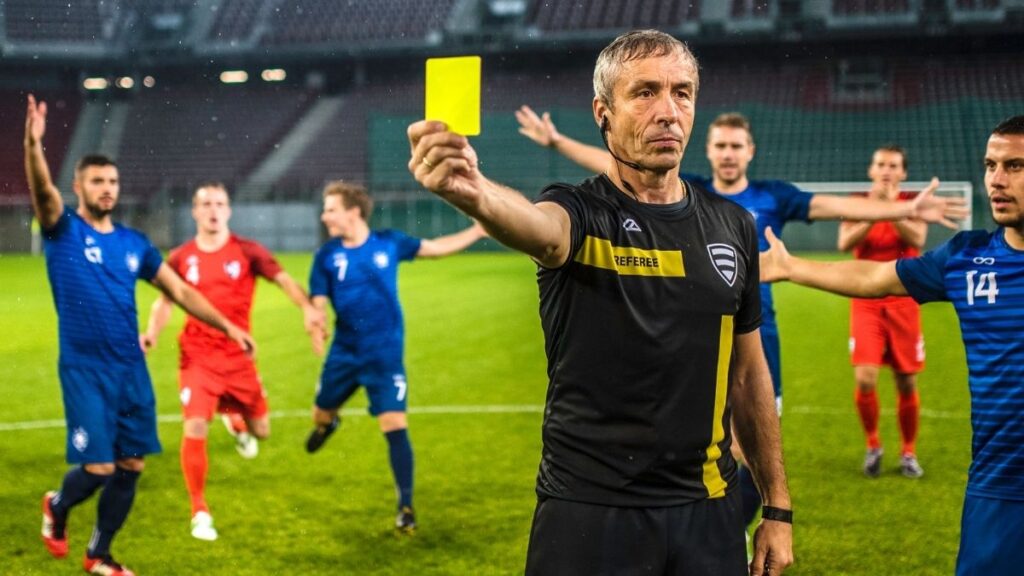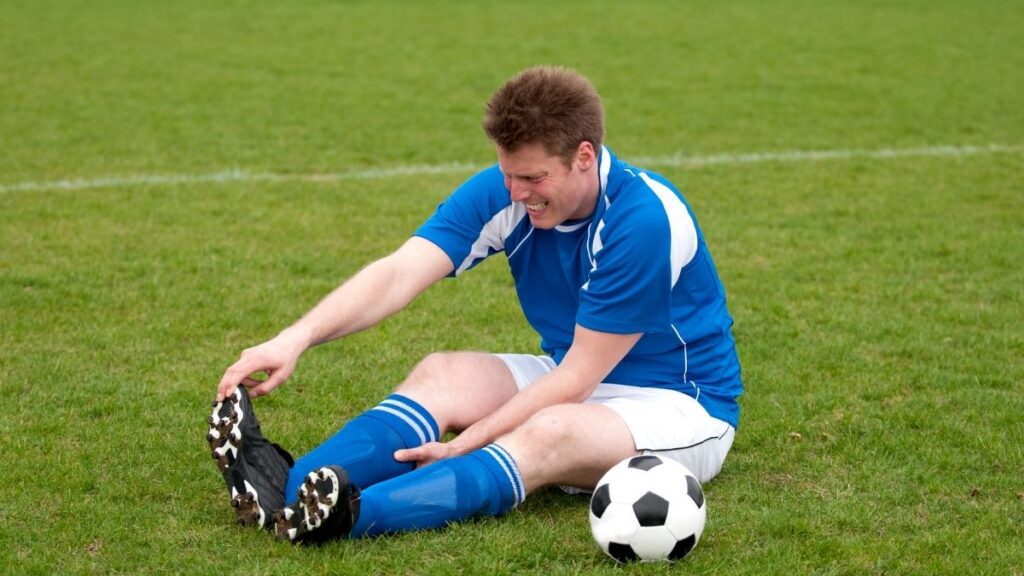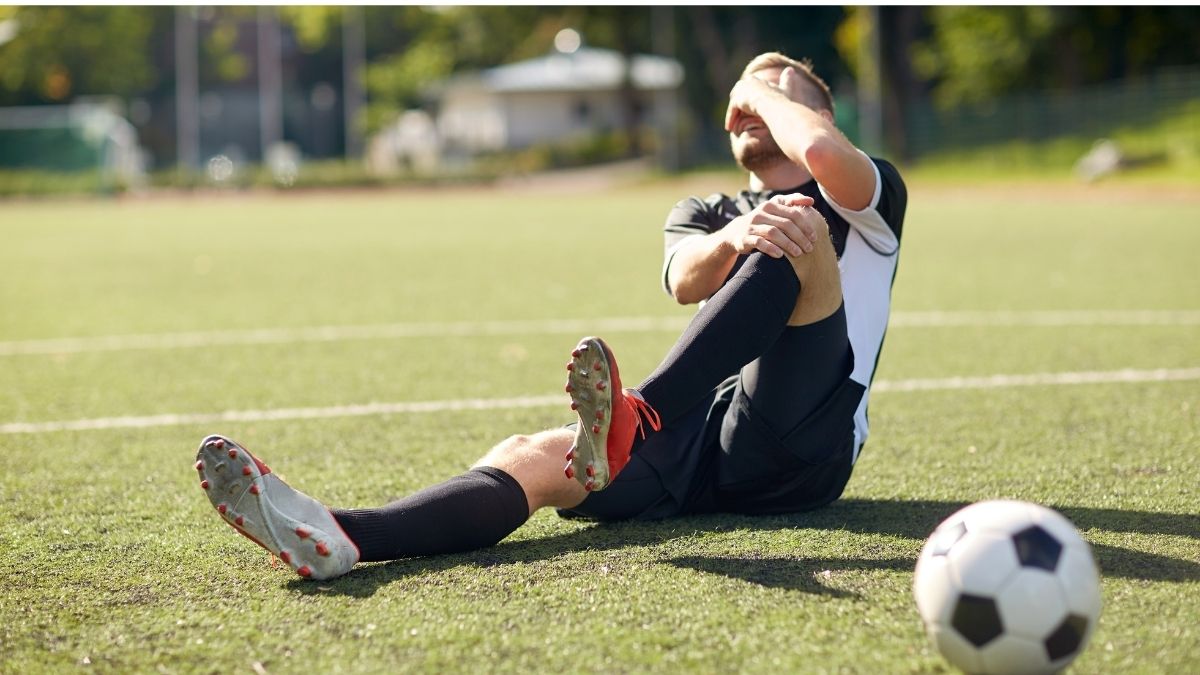Boost your betting experience and get up to $200 bonus right now!
The UEFA Champions League stands at a critical juncture as Matchday 3 looms on October 21 and 22, 2025. Across Europe’s greatest pitches, emotions run high and every player counts. However, the cruel realities of injuries and suspensions are reshuffling squad cards, forcing managers to recalibrate tactics and squad usage with sharp urgency. From the global stage to local derbies, the absence of key players is shaping narratives that echo the intense passion and drama embedded in this timeless competition. Brands like Nike, Adidas, Puma, and Heineken fuel the spectacle, while giants like Gazprom and Mastercard amplify the stakes, powering a tournament that transcends sport.
This injury and suspension tracker serves as a fortress of clarity amid the chaos, mapping out exactly who’s sidelined, doubtful, or ready to battle for glory during this vital phase. Clubs such as Barcelona, Arsenal, Atalanta, Chelsea, and Real Madrid face significant squad challenges, with knee injuries, muscle strains, and suspensions threatening to alter the balance of power. Understanding these developments not only reveals teams’ immediate weaknesses but also highlights emerging stars who might seize their moment while the established names rest or recover. Whether it’s a thigh strain or a dislocated shoulder, the impact on lineups can be monumental, often dictating the fleeting moments that define the Champions League’s greatest stories. Expect tactical shifts, shocking returns, and unexpected heroes as Matchday 3 unfolds in a football frenzy like no other.
Sommaire
ToggleKey Injury Updates Shaping UEFA Champions League Matchday 3
Injuries cast long shadows over football’s most prestigious club competition, and as Matchday 3 approaches, the depth of squads will be tested relentlessly. Arsenal, for instance, grapples with significant absences that might ripple through their attacking and midfield dynamics. Kai Havertz and Martin Ødegaard, both nursing knee injuries, are expected back only in late and early November respectively, creating a void in creativity and goal threat. Meanwhile, Piero Hincapié’s ongoing groin problem leaves his defensive status hanging by a thread.
Atalanta’s injury list resembles a minefield with key players like Giorgio Scalvini, Charles De Ketelaere, and Raoul Bellanova all sidelined by muscle and thigh injuries, predicted for very limited or no involvement. This deprivation across their defense and midfield demands tactical ingenuity to maintain their aggressive style highlighted in recent campaigns. Athletic Bilbao’s squad also faces hurdles with multiple muscle injuries to Oihan Sancet and Iñaki Williams, as well as a finger injury hail to Alejandro Berenguer Remiro, adding complexity to their preparations. These absences signal not simply bodily weaknesses but strategic vulnerabilities against the elite European contenders.
Here’s a detailed breakdown of crucial injuries relevant for upcoming fixtures:
| Club | Player | Injury | Expected Return |
|---|---|---|---|
| Arsenal | Kai Havertz | Knee injury | Late November 2025 |
| Arsenal | Martin Ødegaard | Knee injury | Early November 2025 |
| Atalanta | Giorgio Scalvini | Muscle injury | Late October 2025 |
| Athletic Bilbao | Oihan Sancet | Muscle injury | Late October 2025 |
| Barcelona | Dani Rodriguez | Dislocated shoulder | Unknown |
| Chelsea | Reece James | Leg injury | Doubtful |
Every tick of the injury clock forces coaches into tough calls — balancing experienced stars like Barcelona’s evolving midfield or Arsenal’s quest to overcome injuries with youth injections. In parallel, fitness regimes from sponsors like Pepsi and Lay’s energize players off the pitch, but the final line is harsh and unyielding: availability on Matchday 3 will dictate destiny.
- Arsenal struggles with two pivotal players out for most of November, impacting midfield creativity.
- Atalanta’s cluster of muscle issues jeopardizes their backline stability.
- Barcelona navigates through multiple injury concerns including a dislocation and groin strain.
- Chelsea faces a barrage of knocks, casting doubt on their defensive solidity.
- Teams must adjust lineups against top-tier opposition where a single absence magnifies vulnerabilities.

Suspensions and Their Impact on Team Strategies for Matchday 3
Suspensions, often overlooked amidst injury crises, are the invisible fist striking clubs when discipline falters or cards accumulate. UEFA Champions League’s strict regulations mean even a single yellow card or a red can cause monumental shake-ups in lineups for October’s crucial fixtures. While injury news frequently dominates headlines, matchday rosters are equally shaped by bans that compel managers toward tactical improvisation.
Consider the absence of key defenders or midfield enforcers due to yellow card accumulation or direct red cards. This creates opportunities for bench players but also risks untested replacements faltering under pressure. Teams like Bayern Munich often rely on a winning formula and suffer deeply when a key piece like Josip Stanisic is out temporarily with his medial collateral ligament injury. The disruption can mean altering defensive formation or leveraging youth talent in hostile atmospheres. Likewise, Atlético Madrid manages both injury setbacks and a few suspensions, navigating a spicy blend of tactical challenges.
Keeping track of suspended players is as vital as monitoring injuries, especially under UEFA’s three-yellow card rule. The strategic fallout can mean switching from a 4-3-3 to a more defensive 3-5-2, or tweaking pressing styles to protect fragile lines. Coaches in 2025, especially in clubs sponsored by global giants like FedEx and Just Eat, are adjusting on the fly to keep squad morale intact while hunting results.
- Accumulated yellow cards force replacements in crucial defensive and midfield roles.
- Red-card suspensions deprive squads of leadership and physical presence temporarily.
- Suspended players often face clashes with personal pride and fan expectations, fueling tense atmospheres.
- Teams frequently gamble with riskier tactical setups to compensate for missing personnel.
- Coaches’ responsive choices often define whether resilience or collapse shapes their Champions League fate.
| Club | Player | Suspension Reason | Expected Return |
|---|---|---|---|
| Atlético Madrid | David Hancko | Personal reasons leading to min absence | A few days |
| PSG | João Neves | Accumulated yellow cards | About 1-2 weeks |
| Real Madrid | Kylian Mbappe | Injury-related doubt | Doubtful |
| Bayern Munich | Josip Stanisic | Medial collateral ligament injury | About a week |
Suspension news intertwines with injuries to create a high-stakes chessboard; each move a risk, each replacement a gamble. Teams with squad depth backed by top brands such as Puma have a better chance of adapting, but a suspended player’s absence can still carry immense psychological weight on pitch performance.
Squad Depth and Rotation: Navigating Injuries and Suspensions in Top Teams
In a tournament adorned with giants such as Liverpool, Bayern Munich, and Real Madrid, managing squad rotation amid an avalanche of injuries and suspensions defines championship resilience. Coaches juggle fitness with form, swirling tension and hope like masterful coaches backed not only by tradition but also enhanced sports science from collaborators like Nike. Liverpool, for instance, prioritizes rotation to keep their frontline fresh, compensating for muscle injuries affecting players like Josip Stanisic and Jonas Urbig at Bayern Munich.
This approach is a fine balance between maintaining momentum and minimizing burnout — a lesson etched deeply into 2025’s congested calendar where every matchday resembles a gladiatorial arena. Teams with narrower benches or less access to top-tier medical and recovery programs risk crumbling under pressure. For example, FC Copenhagen suffers with season-ending injuries for key player Magnus Mattsson, challenging their depth and raising serious questions about tactical adjustments.
- Smart rotation allows teams to field rested stars despite injury spells.
- Youth players often earn crucial starts, stepping into the spotlight due to forced absences.
- Effective communication and trust between coaching staff and medical teams underpin informed lineup decisions.
- External factors such as weather, travel, and training intensity affect player availability.
- Correlating injury/suspension data with upcoming fixtures help predict tactical setups.
| Club | Challenge | Rotation/Depth Strategy |
|---|---|---|
| Liverpool | Muscle injuries & concussion doubts | Robust rotation; youth integration |
| Bayern Munich | Groin and ligament injuries | Fitness-based squad selection |
| FC Copenhagen | Season-ending knee injury | Recalibrated midfield and defense |
| Arsenal | Key midfielders sidelined | Youth promotion and tactical tweaks |
Squad rotation, while tactical, reflects the indelible human stories unfolding within every club. Every replacement carries the dreams of both the player and fans — a heartbeat of football’s raw, unpredictable nature. Exploring how kingdoms of football like Bayern, Chelsea, and Paris Saint Germain manage crises gives us a window into this delicate balancing act intensified by the grueling Champions League schedule.

Analyzing Major Clubs’ Injury Crisis Impact on Champions League Aspirations
Few tournaments highlight the cruel fortunes of football better than the UEFA Champions League. One player’s absence from an injury or suspension can tilt the monumental chess game between titans like Barcelona, Real Madrid, PSG, and Juventus. The current injury lists of these powerhouses underscore the fierce battles unfolding off the field.
Barcelona’s injury burden in 2025 is significant: from goalkeeper Marc-André ter Stegen‘s back trouble to Gavi’s difficult meniscus injury out until January, the Blaugrana’s midfield and defensive lines are stretched thin. Their star-studded lineup also faces uncertainty over Lamine Yamal and Dani Rodriguez, whose shoulder and groin injuries complicate selection. The ripple effect forces tactical reinventions and the rise of unexpected contributors, highlighted in their midfield revolution.
Similarly, Paris Saint Germain copes with multiple thigh and groin injuries to key players such as Ousmane Dembélé, and Fabian Ruiz while also managing absence timelines uncertain enough to unsettle coach decisions. Their Champions League campaign, fueled by sponsorships from Mastercard and Gazprom, demands precision in squad management to avoid slipping in a ruthless knockout phase.
- Barcelona’s midfield injuries risk disrupting possession-based gameplay.
- PSG’s absences threaten their attacking flair and defensive cohesion.
- Real Madrid juggles ankle and muscle injuries for key stars like Kylian Mbappé.
- Juventus faces unknown return dates for players with shin and thigh issues.
- Injuries heighten competition stakes, often making underdog triumphs more plausible.
| Club | Key Injuries | Impact on Champions League Run |
|---|---|---|
| Barcelona | Ter Stegen (Back), Gavi (Meniscus), Dani Rodriguez (Shoulder) | Midfield restructuring; risk around goalkeeping stability |
| Paris Saint Germain | Ousmane Dembélé (Thigh), Fabian Ruiz (Groin), João Neves (Hamstring) | Reduced attacking effectiveness; defensive vulnerability |
| Real Madrid | Kylian Mbappé (Ankle), Trent Alexander-Arnold (Thigh) | Reduced pace and crossing quality on flanks |
| Juventus | Arkadiusz Milik (Shin), Nicolò Cudrig (Thigh) | Offensive options limited; squad depth concerns |
Such injury crises demand adaptability from managers and mental toughness from squads. It’s no coincidence that moments of brilliance or collapse often hinge on whether the squad can hold together an equilibrium amid mounting physical hardships. For a holistic discussion on how injuries shape tournaments, this deep dive on football’s injury overload reveals startling trends impacting European football clubs today.
Football Culture and Fan Passion Fuel the Stories Behind Injuries and Suspensions
Beyond the tactical and physical realities, the drama of injuries and suspensions resonates deeply with football culture. It’s where hope meets heartbreak, where underdogs rise and legends are forged. Fans of clubs from all corners—be it Chelsea, Liverpool, or even emerging powers like Istanbul Başakşehir—share stories of suffering and triumph that ripple through stadiums and social media. The pressure of missing a Champions League fixture because of a dislocated shoulder or a groin injury is magnified by the fanbase’s raw emotions and the global spotlight.
Every setback fuels chatter powered by platforms supported by brands such as Lay’s and Pepsi, blending intense sporting tension with the vibrant audio-visual cultures of today. The emotional rollercoaster includes awe-inspiring comebacks and crushing near misses — all part of football’s eternal saga. For those fascinated by the tapestry of football life, documenting these moments goes beyond box scores and statistics, entering human stories. Revealing how clubs like Liverpool, which manages its squad so tactically (read more here), keep fans hopeful despite injuries, is vital for understanding the beautiful chaos of the Champions League.
- Fans rally behind injured players, often sparking viral social media campaigns.
- Suspensions can intensify rivalry tensions, adding drama to encounters.
- Player struggles humanize their status, increasing emotional connection with supporters.
- Recovery and comeback tales contribute to lasting football legacies.
- Football documentaries and cultural content continue to capture these narratives in unique formats.
| Aspect | Impact on Football Culture |
|---|---|
| Injuries | Create empathy and narrative depth around players |
| Suspensions | Heighten stakes in fan rivalries and game tension |
| Fan Reactions | Build community through shared hopes and fears |
| Recovery Stories | Inspire and motivate players and supporters alike |
For those craving to dive deeper into football culture’s pulse, this compilation of football culture documentaries in 2025 paints vivid, emotional portraits that echo these themes through the lens of injuries and suspensions. The Champions League’s drama is never just about who scores or who sits out; it’s about the fervent human spirit driving every pass, save, and tackle, energized by global icons and brands entwined in the sport’s lifeblood.
Join today and grab up to $200 bonus for your next bets!
Content assisted by AI. This article was created in whole or in part with the help of artificial intelligence.


